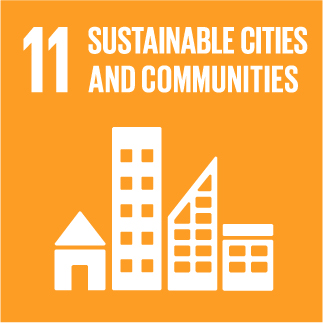Integrated manufacturing of REciclable multi-material COmposites for the TRANSport sector
Organic Solar Cell with Efficiency of 20.49% Enabled by Solid Additive and Non?Halogenated Solvent
This work proposes a feasible solid additive strategy to enhance the performance of organic solar cells. The 4?nitro?benzonitrile (NBN)?treated device owned enhanced molecular crystallinity, more efficient exciton dissociation, suppressed charge recombination, and more favorable morphology. Record efficiency of 20.22% and 20.49% are obtained in binary and ternary devices processed by non?halogenated solvent. NBN is applicable to multiple efficient systems.Recently, benzene?based solid additives (BSAs) have emerged as pivotal components in modulating the morphology of the blend film in organic solar cells (OSCs). However, since almost all substituents on BSAs are weak electron?withdrawing groups and contain halogen atoms, the study of BSAs with non?halogenated strong electron?withdrawing groups has received little attention. Herein, an additive strategy is proposed, involving the incorporation of non?halogenated strong electron?withdrawing groups on the benzene ring. An effective BSA, 4?nitro?benzonitrile (NBN), is selected to boost the efficiency of devices. The results demonstrate that the NBN?treated device exhibits enhanced light absorption, superior charge transport performance, mitigated charge recombination, and more optimal morphology compared to the additive?free OSC. Consequently, the D18:BTP?eC9+NBN?based binary device and D18:L8?BO:BTP?eC9+NBN?based ternary OSC processed by non?halogenated solvent achieved outstanding efficiencies of 20.22% and 20.49%, respectively. Furthermore, the universality of NBN is also confirmed in different active layer systems. In conclusion, this work demonstrates that the introduction of non?halogenated strong electron?absorbing moieties on the benzene ring is a promising approach to design BSAs, which can tune the film morphology and achieve highly efficient devices, and has certain guiding significance for the development of BSAs.

» Publication Date: 26/04/2025

This project has received funding from the European Union's Horizon 2020 research and innovation programme under grant agreement Nº 768737


